Population Density in the Baltic Sea Region (Nordregio, downloaded... Download Scientific Diagram
Nordic countries, group of countries in northern Europe consisting of Denmark, Finland, Iceland, Norway, and Sweden. The designation includes the Faroe Islands and Greenland, which are autonomous island regions of Denmark, and the Åland Islands, an autonomous island region of Finland.
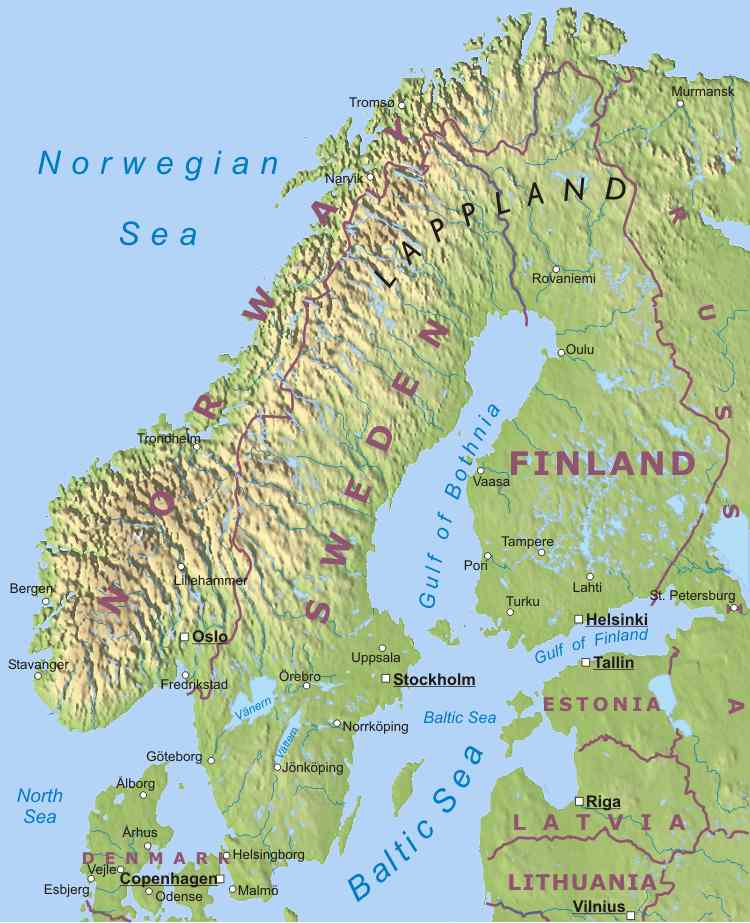
Population Density in the Nordic Countries (700x1012) MapPorn
The Nordic fertility rates have steady declined for decades, as has the worlds. During the pandemic, from 2020 to 2021, the number of births increased in all Nordic countries except for Greenland, but the whole region reported sharp declines in fertility rates in 2022. Finland had the lowest fertility rate of all Nordic countries, 1.32 children.
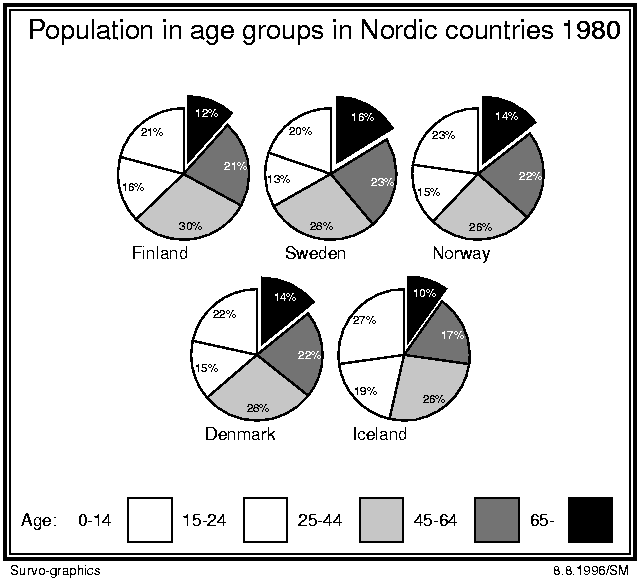
Survo graphics pie chart of population in Nordic countries
Population Sweden is also the Nordic country with the largest population. 10.45 million people live in the country. Denmark, Finland, and Norway all have between five and six million.
/row-of-scandinavian-national-flags-in-front-of-blue-sky-604375341-5b7619b44cedfd00259c3a5c.jpg)
The Population of Nordic Countries
In the Nordic countries, Sweden has the largest population with over ten million inhabitants in 2022. Denmark, Finland, and Norway all have between five and six million inhabitants, whereas.
A 1960s Map Showing Population Density in Nordic Countries r/MapPorn
Population projections Population projections include statistics on expected population growth and decline, by age and gender of the inhabitants. The latest population forecasts suggest that the Nordic region will continue to grow over the next 20 years, but at a slower rate than in the last decade.

Population density in the Nordic countries in 2011 Download Scientific Diagram
The five Nordic countries Denmark, Finland, Iceland, Norway, and Sweden are located in Northern Europe, but vary greatly in their geographical nature. Denmark, bordering Germany, is mostly.
Population Density map of the nordic countries r/europe
Population in the capital areas in Nordic countries 2013-2023 Degree of urbanization in Nordic countries 2012-2022 Average age of the population in Denmark 2005-2023
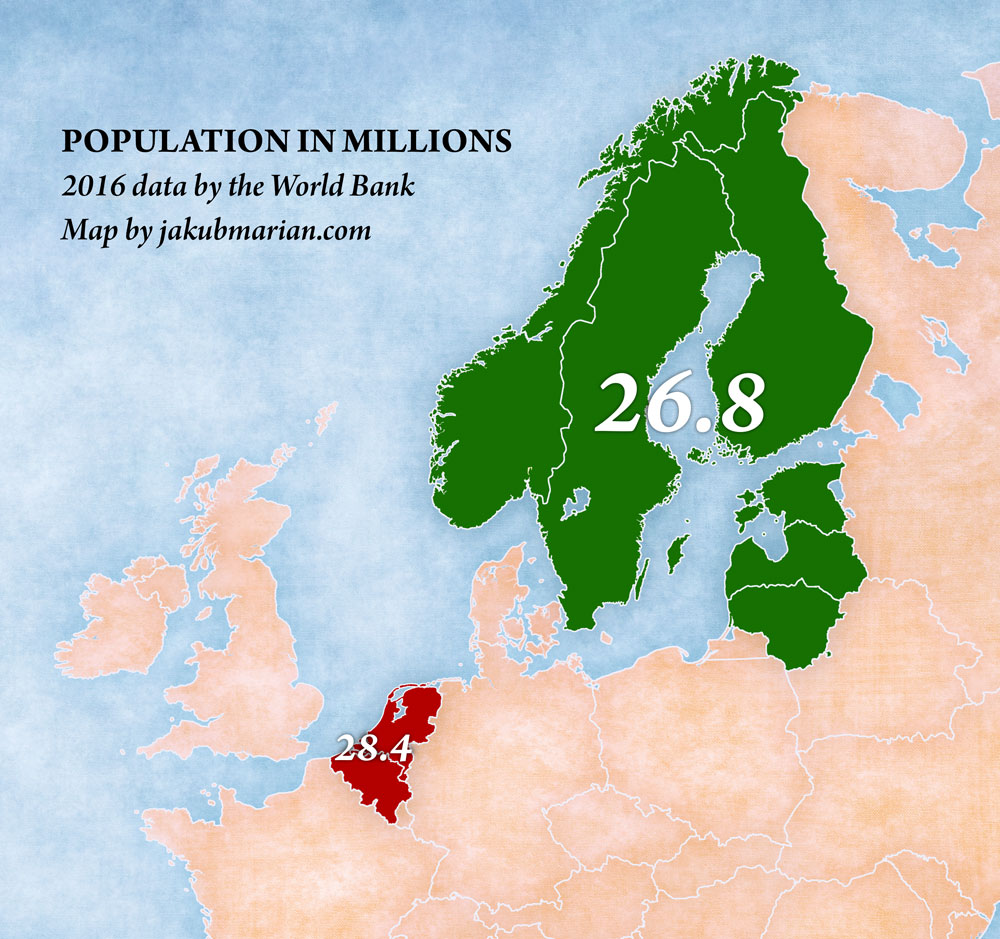
Population by country in Europe Map
The Nordic Region consists of Denmark, Norway, Sweden, Finland, and Iceland, as well as the Faroe Islands, Greenland, and Åland. You can find useful information about the Nordic Region and each of its countries here. Facts about Denmark
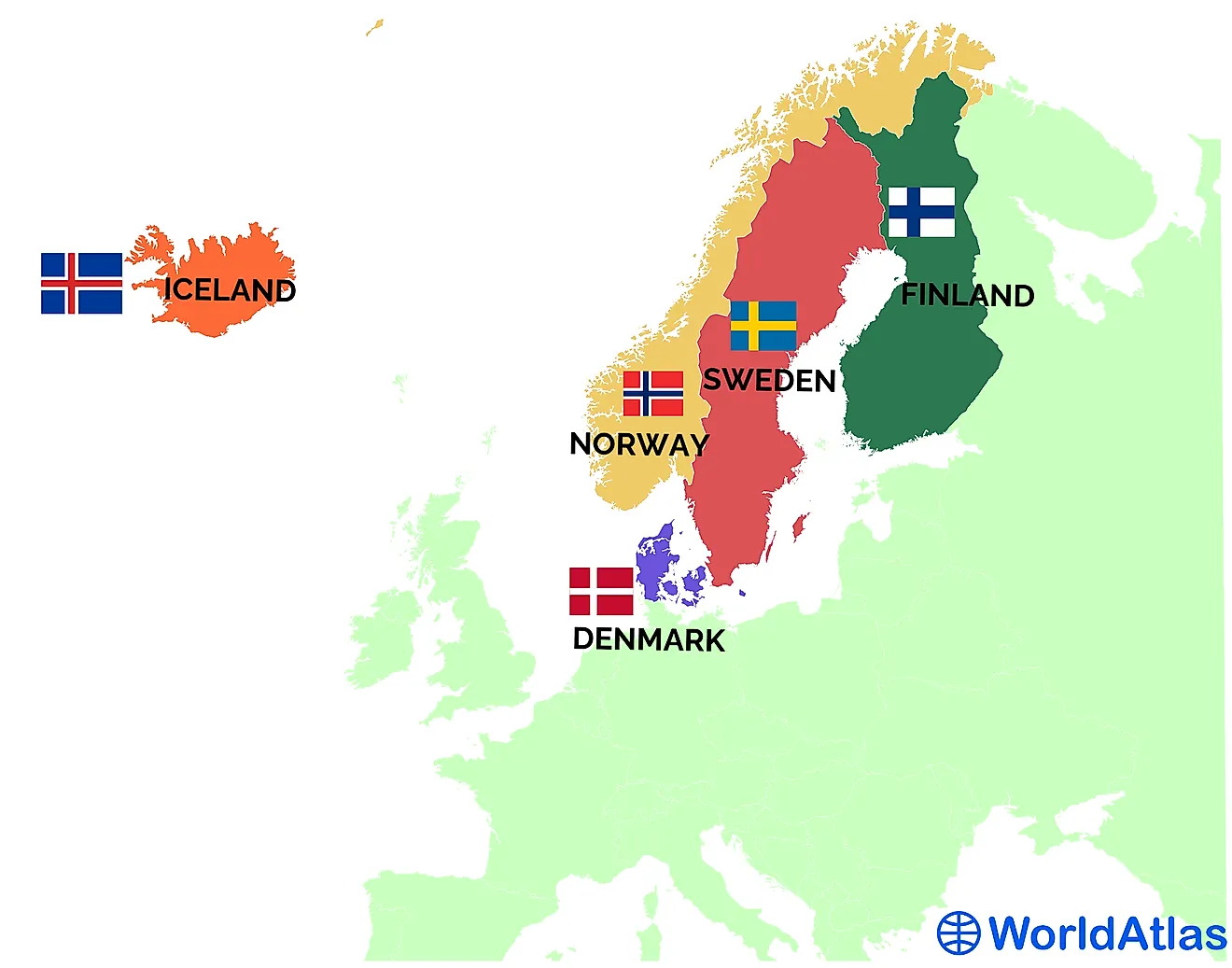
Nordic Countries WorldAtlas
Fertility rates have seen a decline in the Nordics since 2010. In most Nordic countries, the rate is between a stable level (2100) and a critical low level (1500). Low rates can lead to a population shift, where elderly people outnumber younger people. Higher fertility rates in the past were linked to successful gender equality policy.

Population change in the Nordics Map, Norden, Nordic
There are 6 Nordic countries, and they make up an area of Northern Europe and the North Atlantic. What are the Nordic countries? The six Nordic countries are Denmark, Finland, Greenland, Iceland, Norway, and Sweden. Frequently Asked Questions Facts about the Nordic countries Sources
:max_bytes(150000):strip_icc()/difference-between-scandinavian-and-nordic-1626695-FINAL1-5c0009d546e0fb002608945f.png)
Nordic Countries List Capital Flags Population Area Country FAQ
The Nordic countries (also known as the Nordics or Norden; lit. 'the North') [2] are a geographical and cultural region in Northern Europe and the North Atlantic. It includes the sovereign states of Denmark, Finland, Iceland, Norway [b] and Sweden; the autonomous territories of the Faroe Islands and Greenland; and the autonomous region of Åland.
Population Density in the Nordic Countries (700x1012) r/MapPorn
An overview of population trends in the Nordic countries since the Second World War The Nordic countries have seen a number of important changes to their populations since the end of World War II. Perhaps most notable among these are growth, increased diversity, and gradual aging.
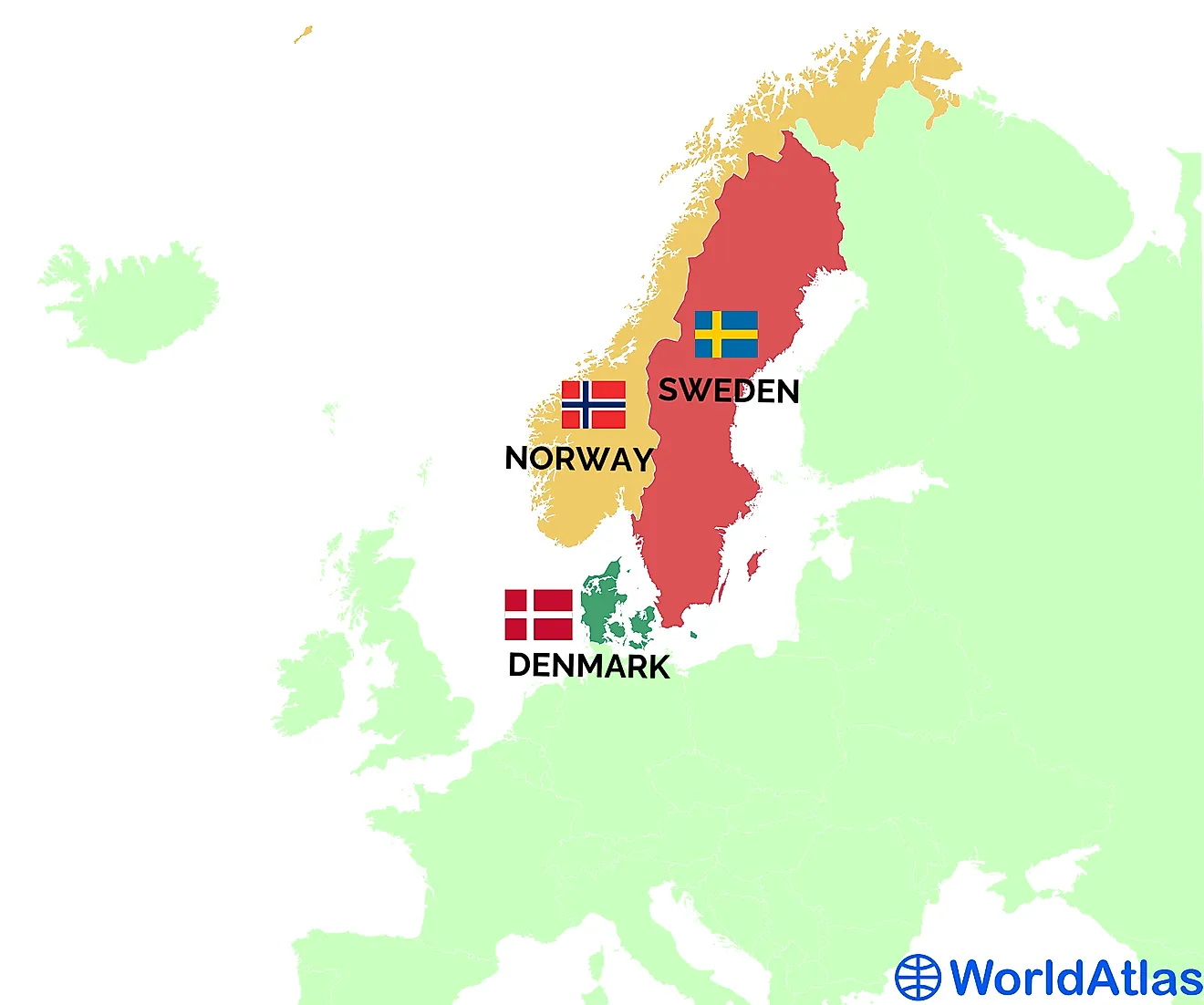
Scandinavian Countries WorldAtlas
The Nordic Countries are a group of countries in northern Europe. There are 5 Nordic countries, Denmark, Sweden, Norway, Finland, and Iceland. Denmark, Sweden, and Norway are constitutional monarchies and parliamentary democracies. Finland and Iceland are democratic republics.

Maps Nordregio
Stockholm is the biggest of the Nordic cities, with a population of 2.2 million, followed by Copenhagen at 1.3 million, Oslo at 1.2 million, and Helsinki at 1.1 million. Reykjavik with its population of 215,000 has enjoyed the most rapid growth - 30% since 1990.

Population Of Scandinavia (Nordic Countries) 1750 2020🇩🇰🇸🇪🇳🇴🇫🇮🇮🇸 YouTube
Apr 11, 2023. Denmark has, by far, the highest population density of the Nordic countries. This is related to the fact that it is the smallest Nordic country in terms of land area. Meanwhile.
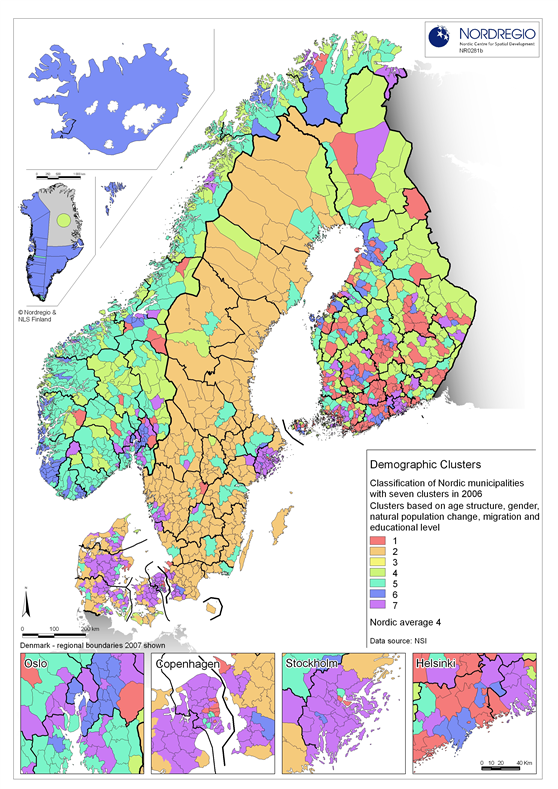
Classification of the Nordic Countries into seven demographic clusters (2006) Nordregio
Population in the Nordic countries 2022, by gender 76,278 Detailed statistics Immigration in the Nordic countries 2001-2021 Get more insights Table of contents Editor's Picks Overview.